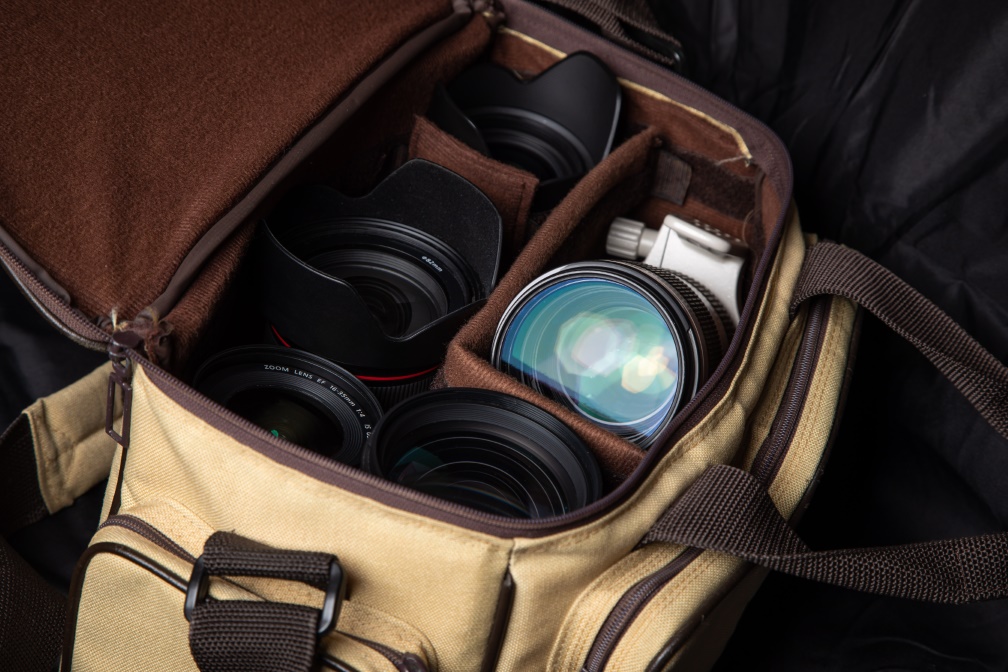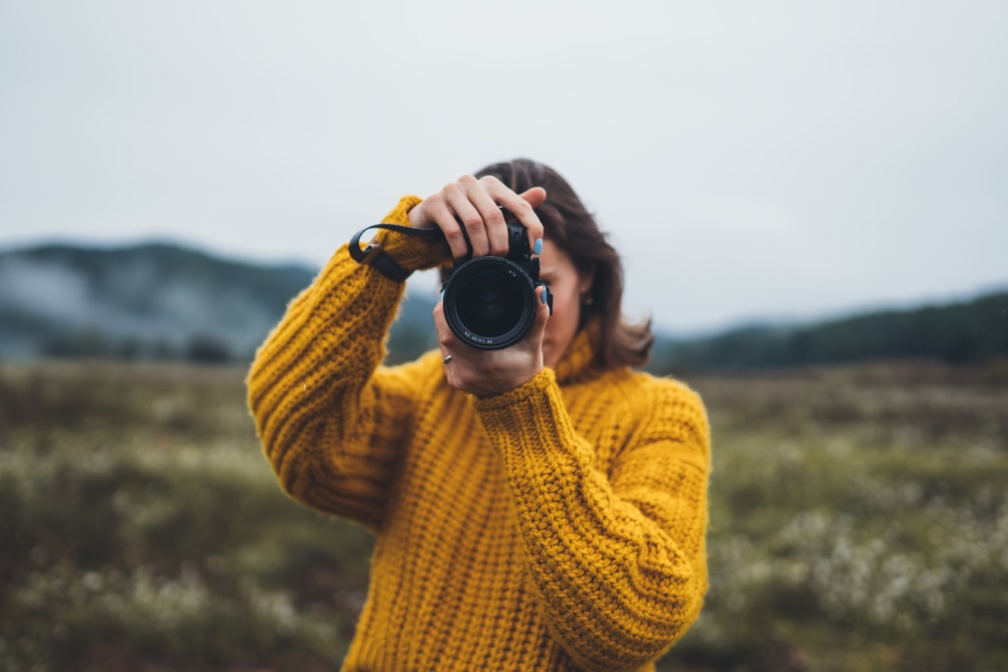
Comparison: Digital Camera vs Smartphone Camera
Which Is the Best Camera: a Digital Camera or Smartphone Camera?
On a daily basis, your smartphone is always at hand and ready to use. For many, it is therefore the ideal choice for taking a quick photo. The photos can also be edited with just a few clicks and shared on Instagram, WhatsApp and other social media platforms.
Over the years smartphone cameras have dramatically improved, but is their image quality and performance comparable to a digital camera? In this article we will look at the strengths and weaknesses of both camera types.
Smartphone Cameras: a Practical All-Rounder
Smartphone cameras are practical and always there when you want to take a photo. Technology has advanced in recent years and pictures taken with a smartphone offer impressive image quality, especially in good lighting conditions. Their ease of use and the multitude of integrated options, such as automatic image optimisation and the ability to share your photos on social media platforms, make them the ideal choice for taking quick photos when out and about. However, due to their compact design and smaller sensor, they often have difficulties in capturing high-quality images in low light conditions or adapting to different lighting conditions.
Digital Cameras: a True Classic
There are a variety of different digital cameras, including single-lens reflex cameras (DSLRs), mirrorless system cameras, compact cameras and bridge cameras. Each of these camera types have their own advantages and features that can be used in various fields of photography. From professional DSLRs with interchangeable lenses to compact cameras for everyday use, digital cameras offer a wide range of options for photography at all levels of experience.
In general, digital cameras offer higher image quality and more manual settings than smartphone cameras. For example, they are able to take high-resolution images with low noise and a high level of detail. The ability to use different camera lenses allows them to adapt to different fields of photography. Despite their advanced technology and versatility, digital cameras can be less practical for everyday use due to their size and weight and often require additional camera accessories such as bags or carrying straps.

Digital Camera or Smartphone Camera for Photoshoots
Depending on the field of photography, you may need to use different camera techniques or accessories. Therefore, we will take a closer look at the performance of digital cameras and smartphone cameras in the different fields of photography.
Taking Zoom Shots
Zoom shots often show the technical superiority of a digital camera. Smartphones with a purely digital zoom struggle to maintain a good image quality, whereas digital cameras are better adapted with their optical zoom. Although the zoom option on most smartphones has improved, the image quality is often lost at high magnification levels. Digital cameras, on the other hand, can offer high-quality images with control over the focus range thanks to their optical zoom.
In addition, digital cameras with changeable camera lenses offer the option of using different camera lenses for taking a wide range of different photos. For zoom shots it is recommended to use a telephoto lens, which can enable a higher magnification and therefore closer proximity to the subject without compromising on image quality. Some zoom lenses also offer an image stabilisation feature that reduces camera shake and thus ensures sharper images, especially at longer focal lengths. Smartphones usually have a fixed camera lens with limited options.

Taking Pictures in Low Light
Taking photos in poor lighting conditions is a challenge for all cameras. The size of the sensor and the light sensitivity play a decisive role. The sensor on a camera is responsible for converting the incident light into a digital image. Its size largely determines the light sensitivity and the ability to capture details in dimly lit scenes. Modern smartphones can deliver impressive results in good lighting conditions. Their built-in image enhancement algorithms and advanced sensors make it possible to produce clear and colourful images. However, even the best smartphone cameras often have difficulties when taking photos in the dark. There is often image noise, blurred detail and a loss of image quality.
Digital cameras, on the other hand, offer clearer and more detailed images in low light conditions with larger sensors and fast lenses. In addition, digital cameras can often use higher ISO values to increase light sensitivity and thus produce clearer images even in low light. Their ability to capture light better and great image processing makes them the preferred choice for taking photos inside, at events or at nighttime.
Portrait Photography
The ability to blur the background to emphasise the main subject gives portrait shots a special aesthetic depth and makes the image appear a lot clearer. While some smartphones now have options such as ‘portrait mode’, which creates an artificial background blur, digital cameras often achieve better results in terms of depth of field and detail.
In addition, digital cameras often offer more precise control over the focus range and depth of field. The variety of lenses available also makes it possible to customise the look and perspective of the shot, which allows you to get more creative results.

Landscape Photography
Smartphone cameras have improved enormously over the past couple of years and can now often deliver impressive landscape shots. Their compact design and user-friendly options make them the ideal choice for taking quick photos when out and about. Thanks to advanced software for image optimisation, modern smartphones can also reproduce colours and details in landscape shots in a clear and appealing way.
However, when it comes to sharpness of detail and colour rendering, digital cameras can often achieve better results. Thanks to their larger image sensors and choice of lenses, they can capture the finest details and achieve a higher overall image quality. In addition, digital cameras often offer features such as exposure bracketing and long exposures, which make it possible to capture the mood of a landscape in a special way.
Conclusion: Which Camera Is Suitable for Which Purpose?
When deciding on a camera, it is important to consider the intended use. Smartphone cameras are a great choice for everyday use and sharing pictures on social media. They are practical and achieve very good results in various fields of photography. However, when it comes to professional photography and special requirements in terms of quality and creativity, a digital camera is often the better choice.
Ultimately, the choice between a smartphone or a digital camera also depends on how you would like to take and edit photos and what requirements you have in terms of image quality.
